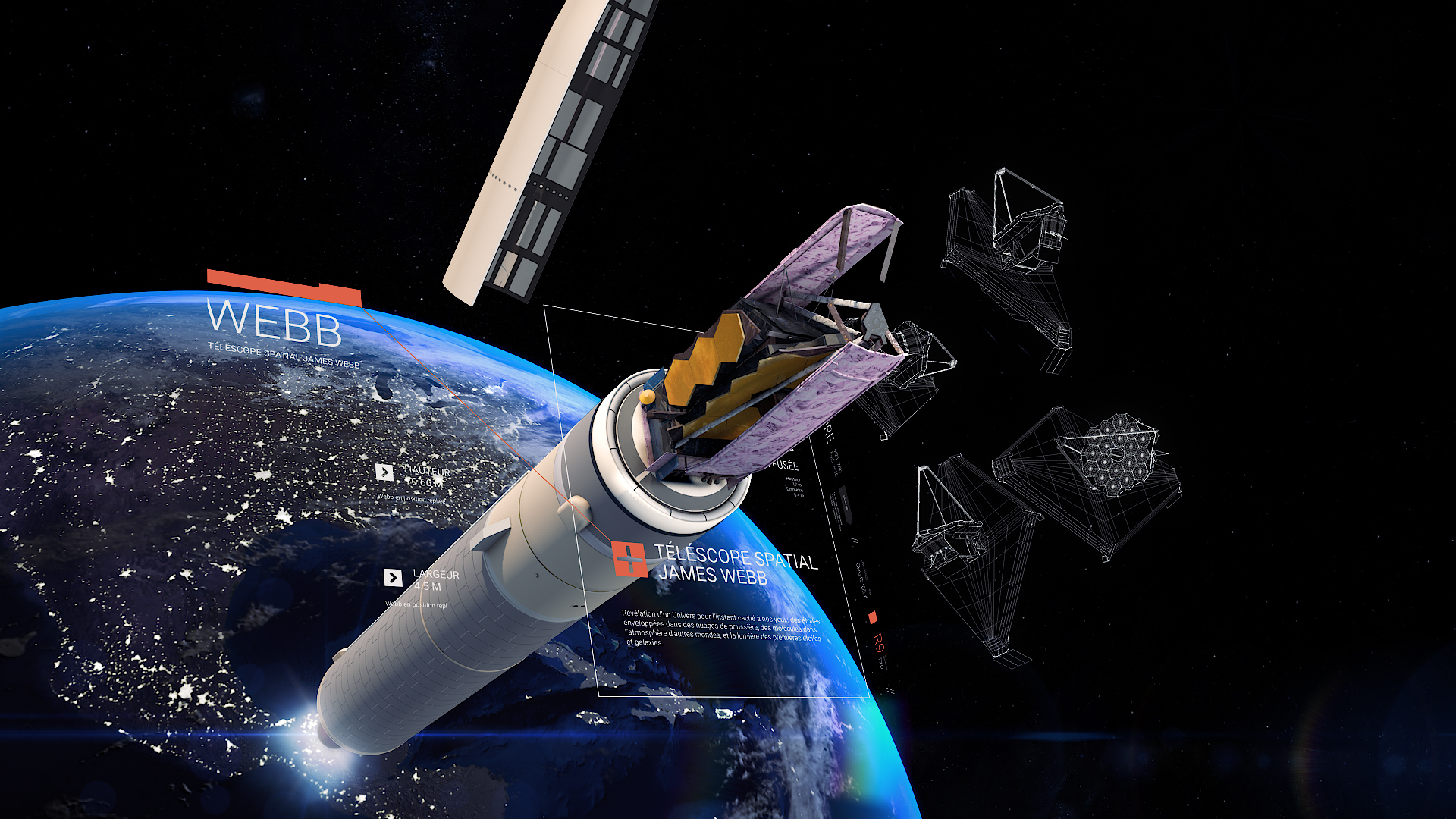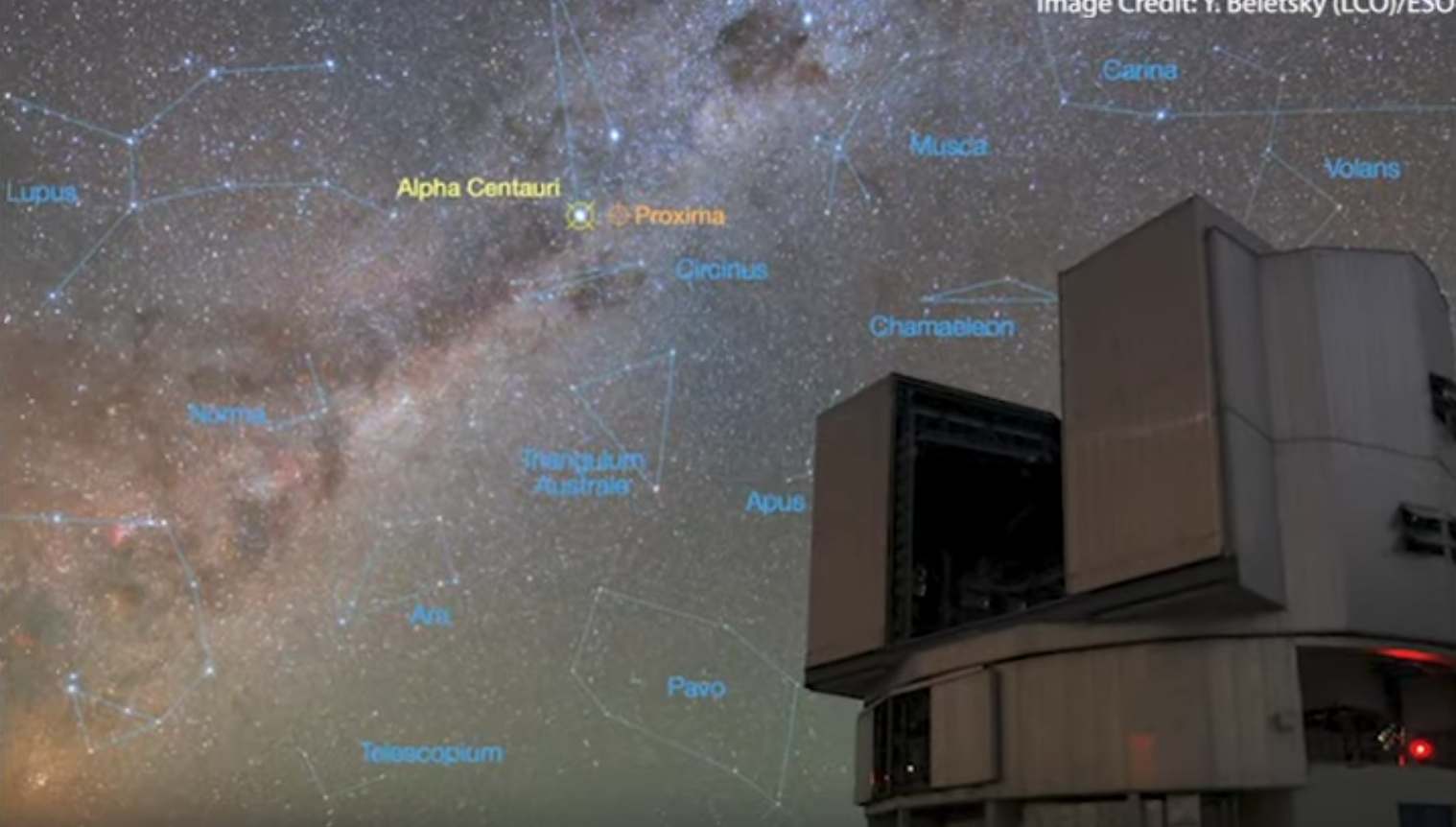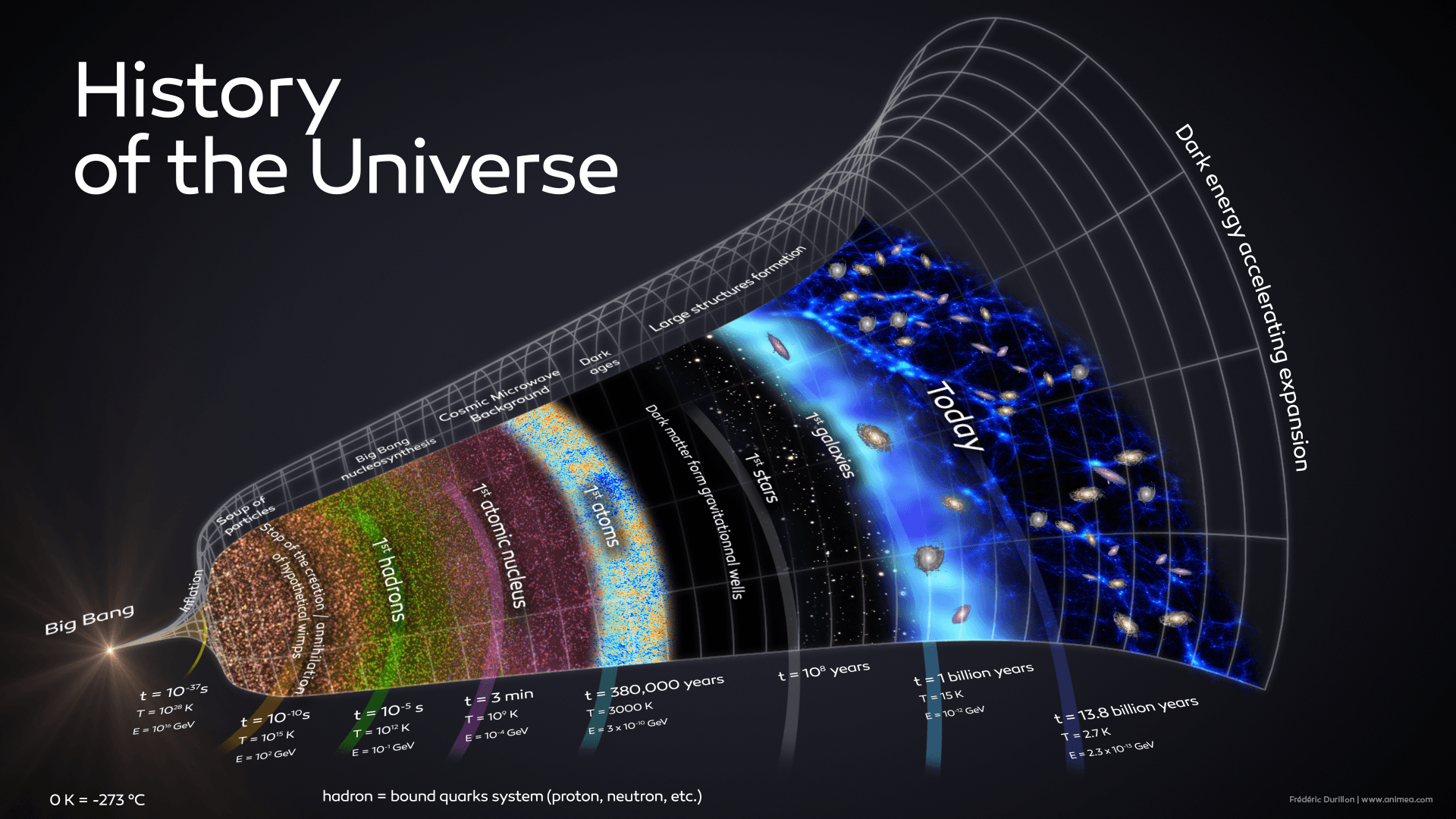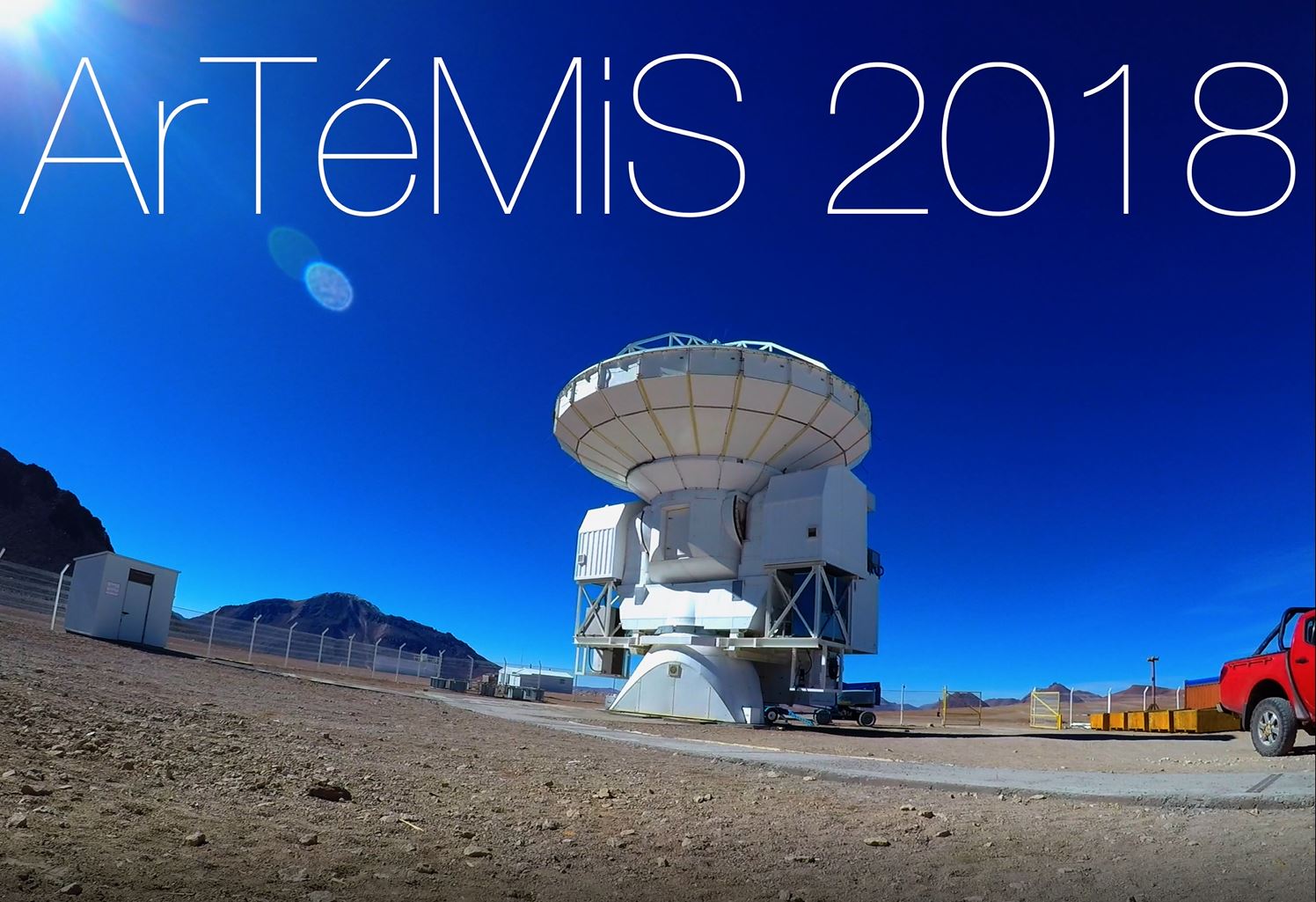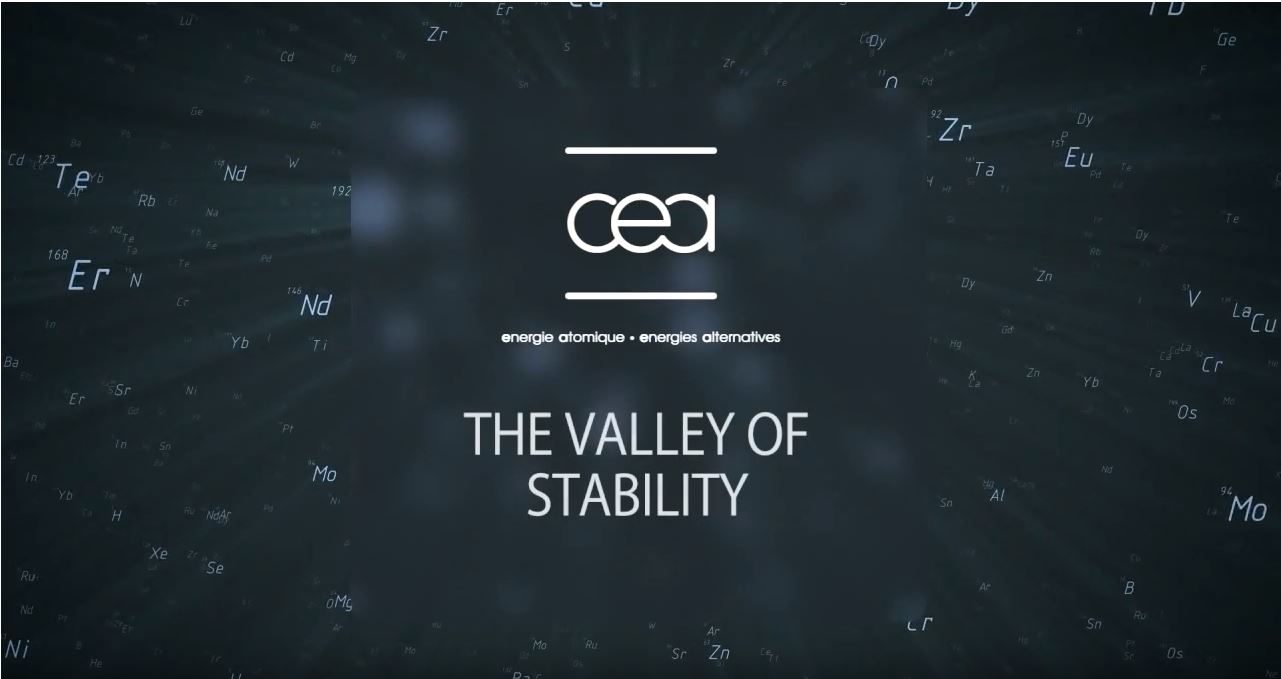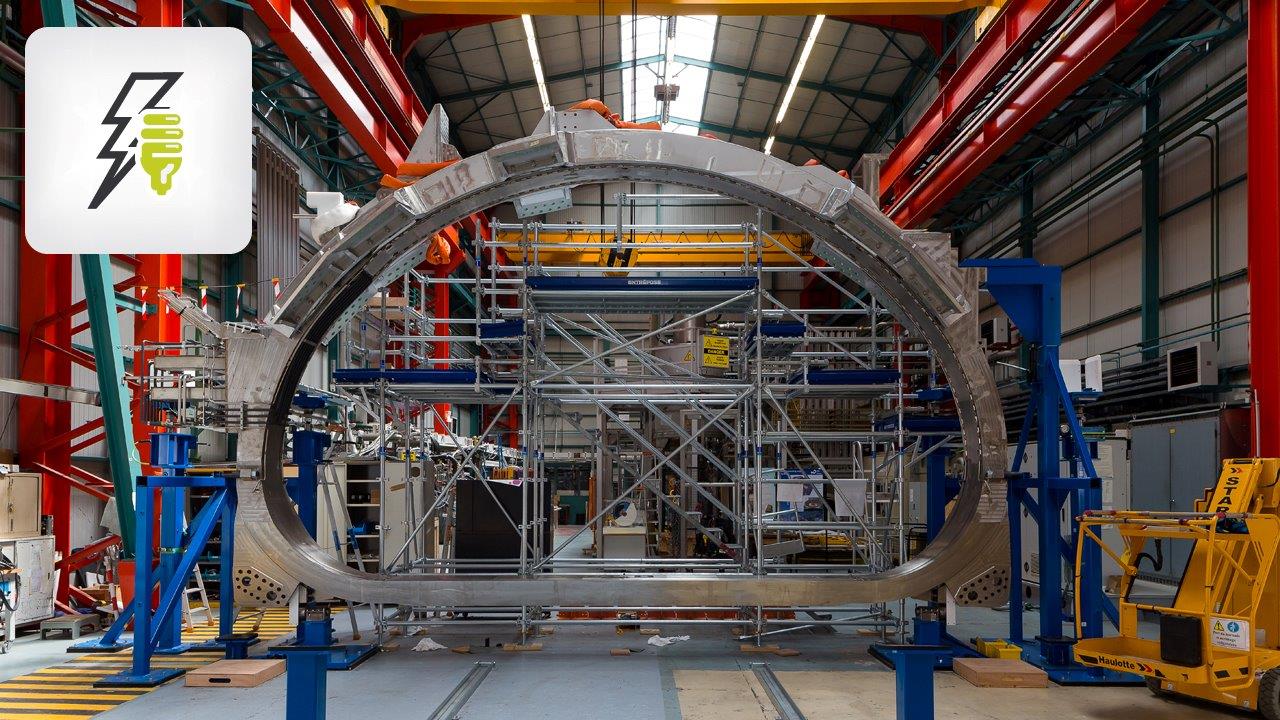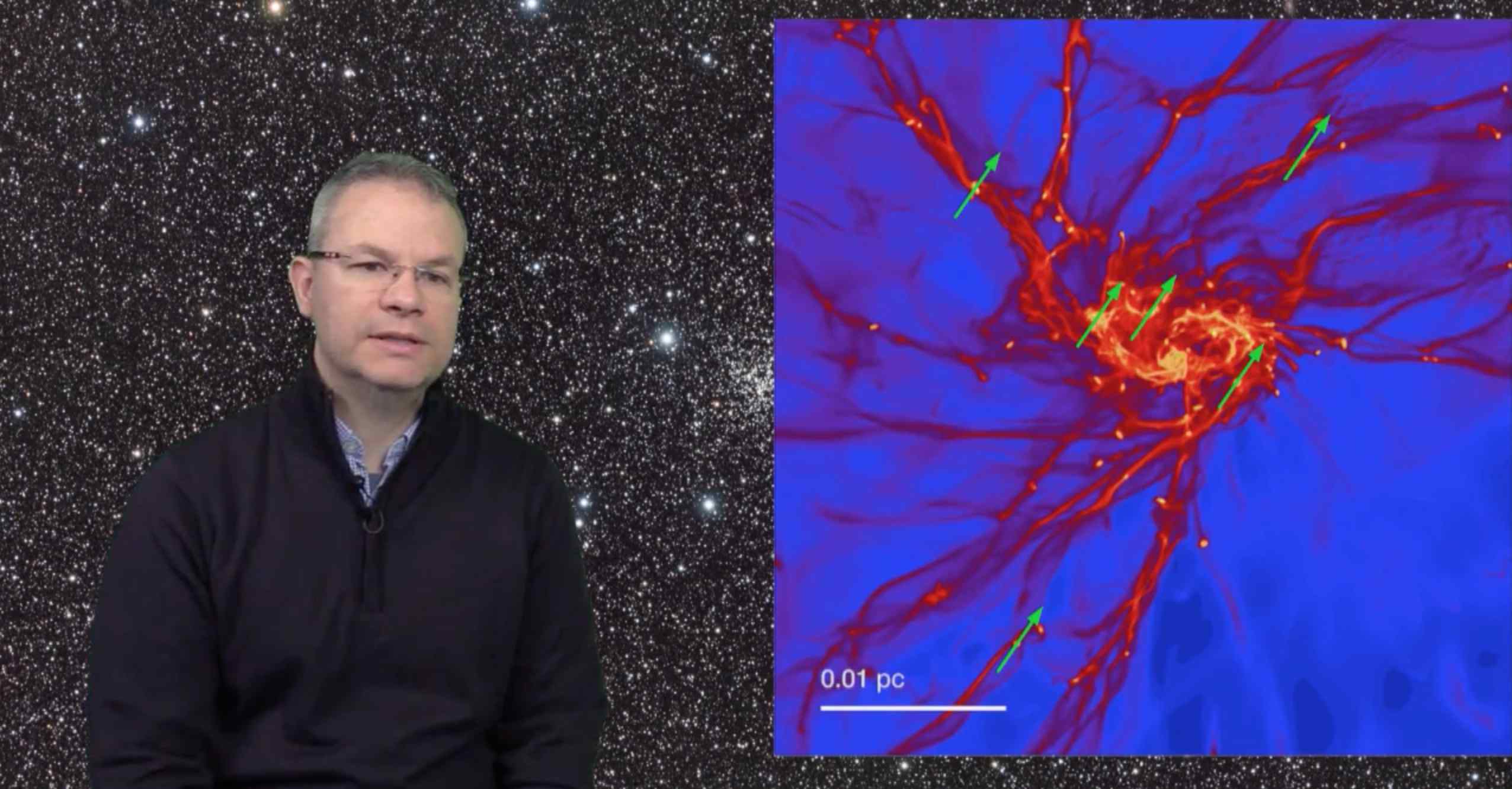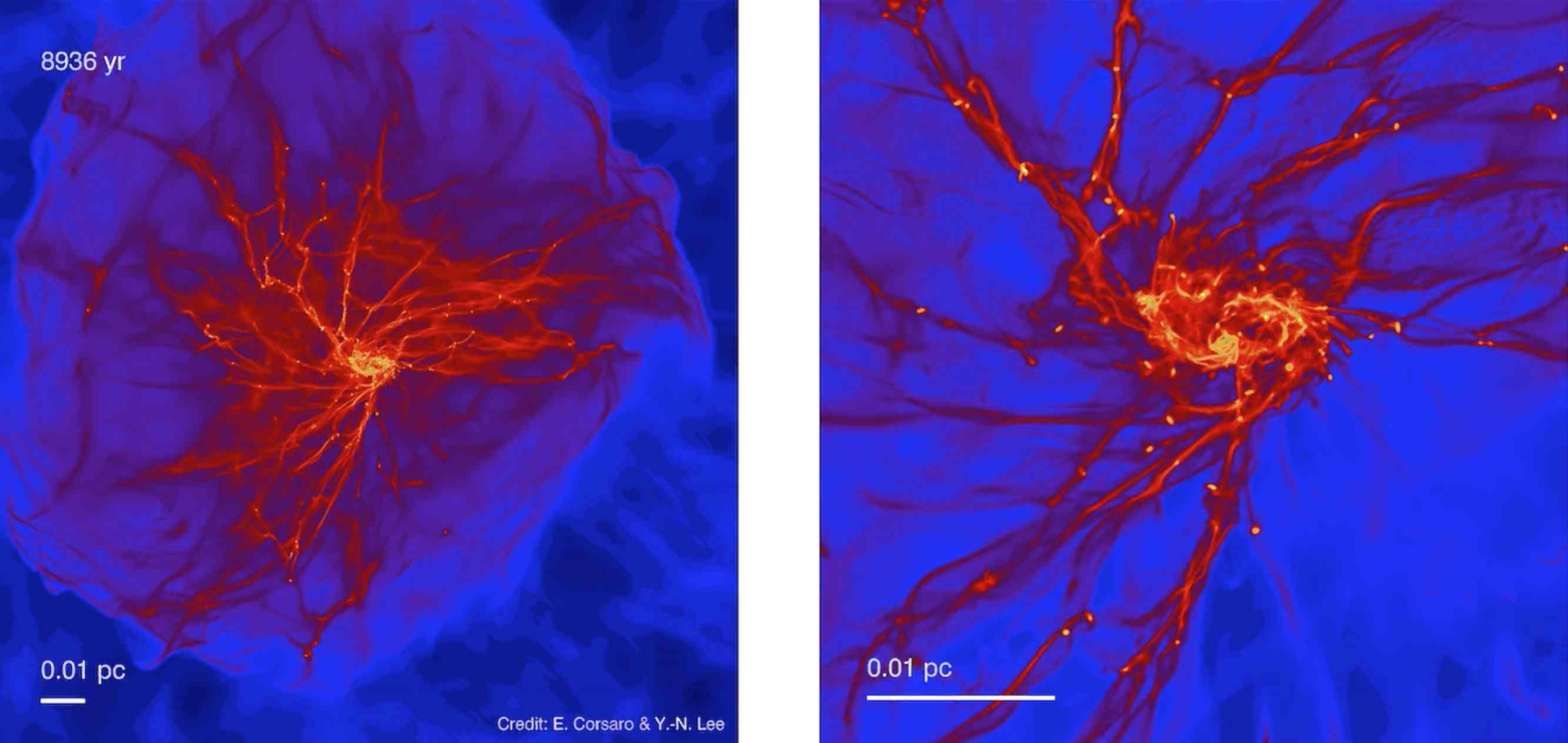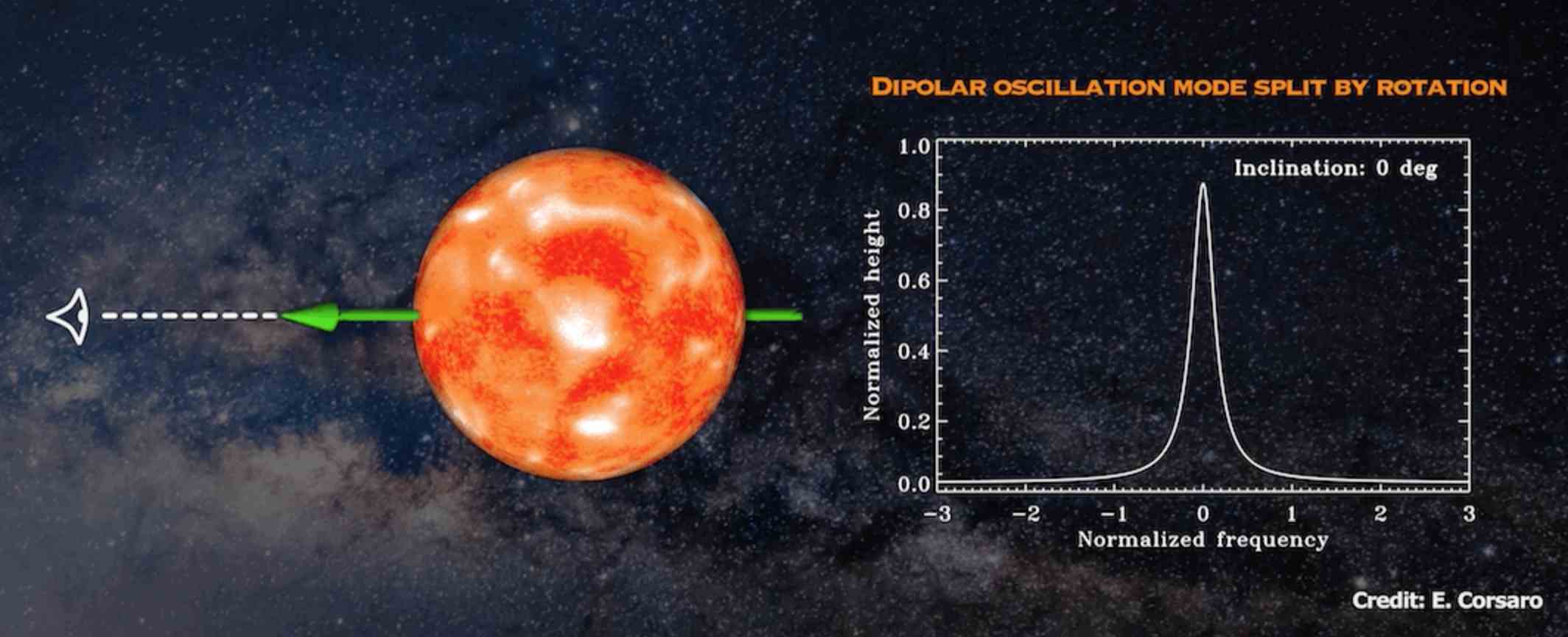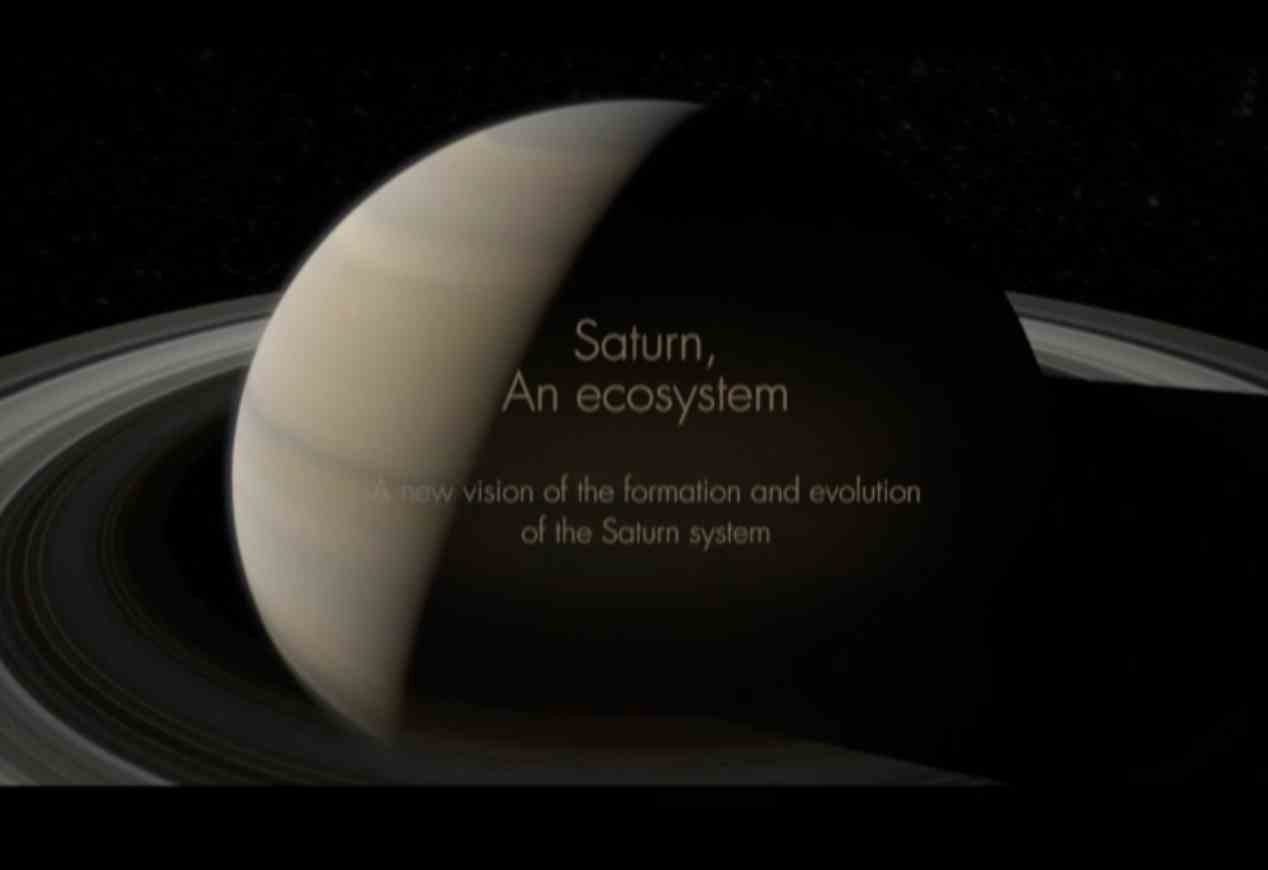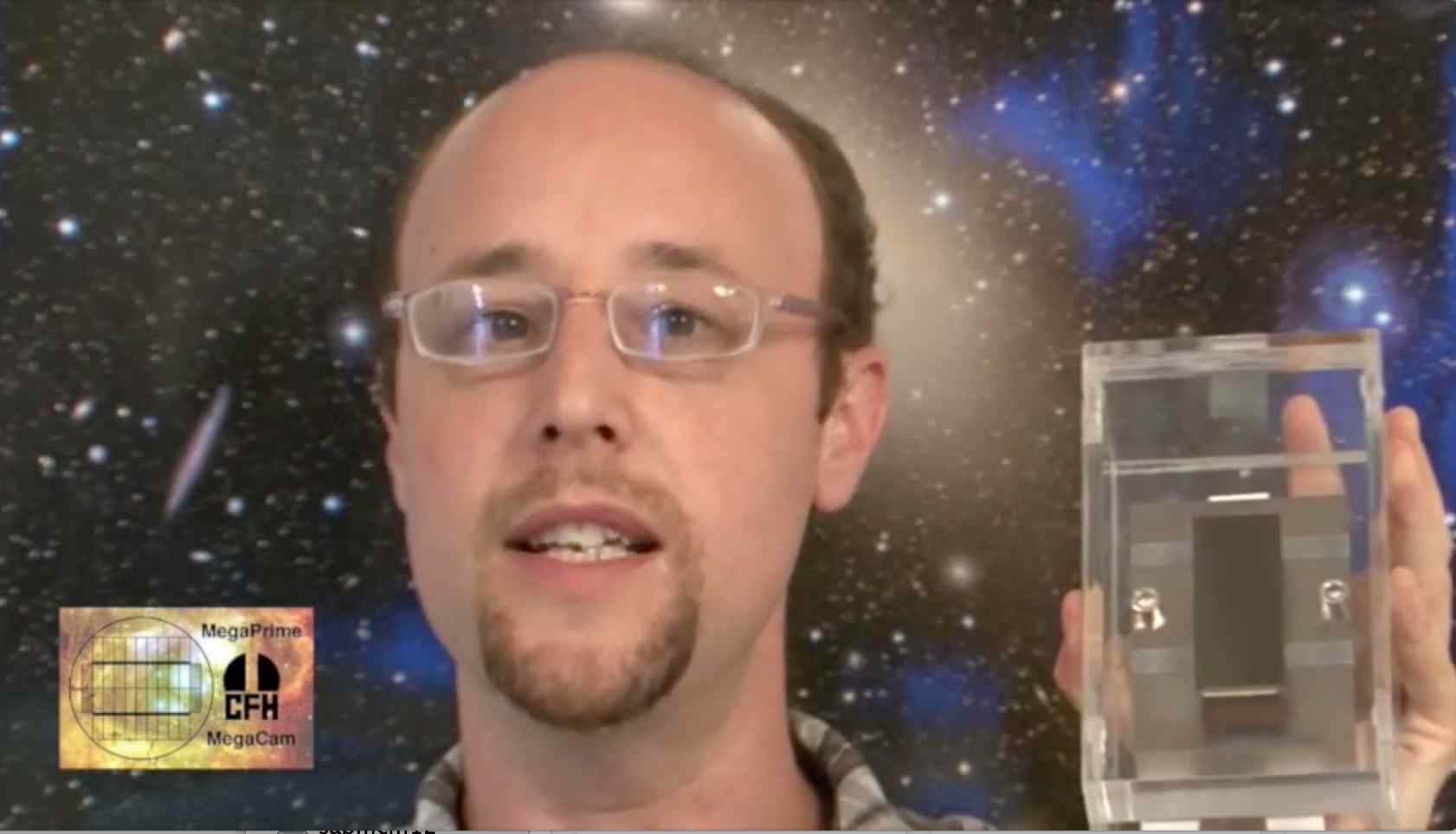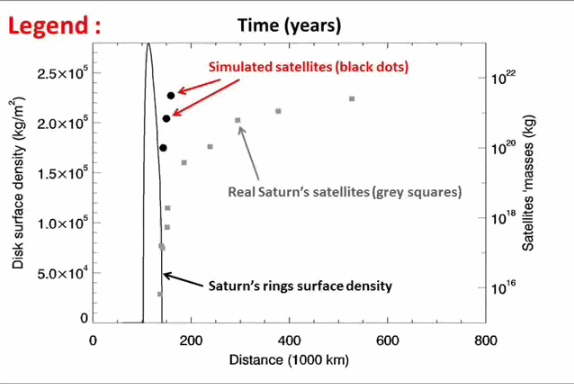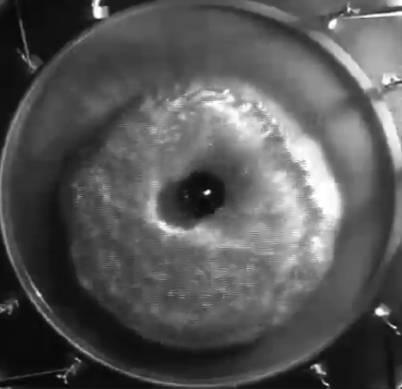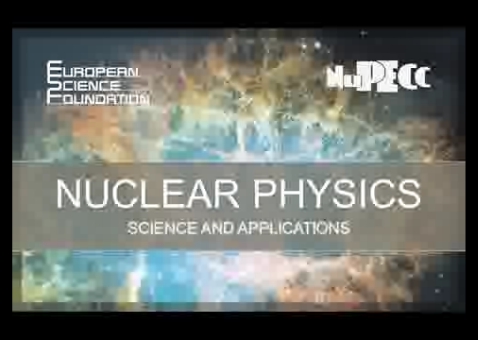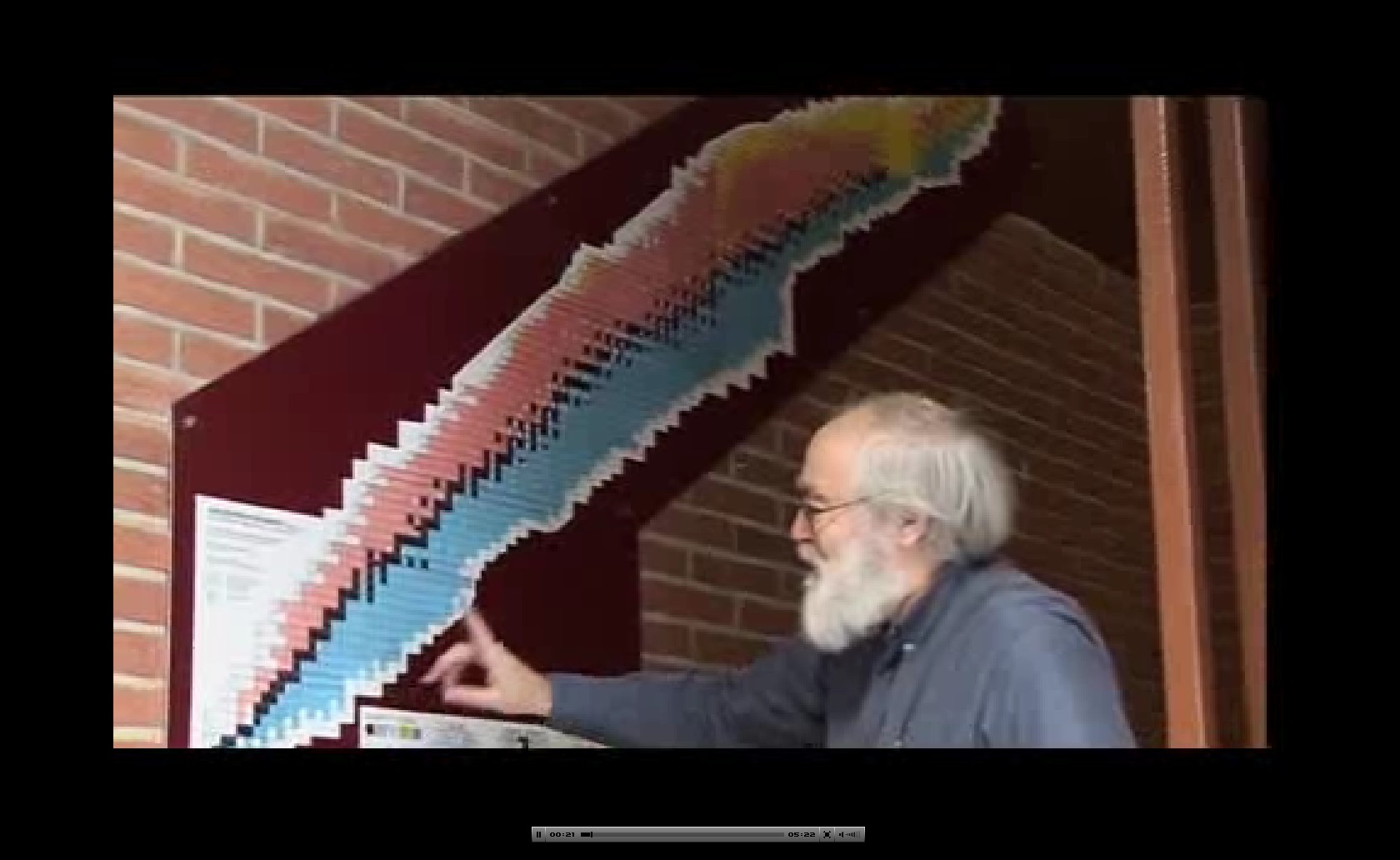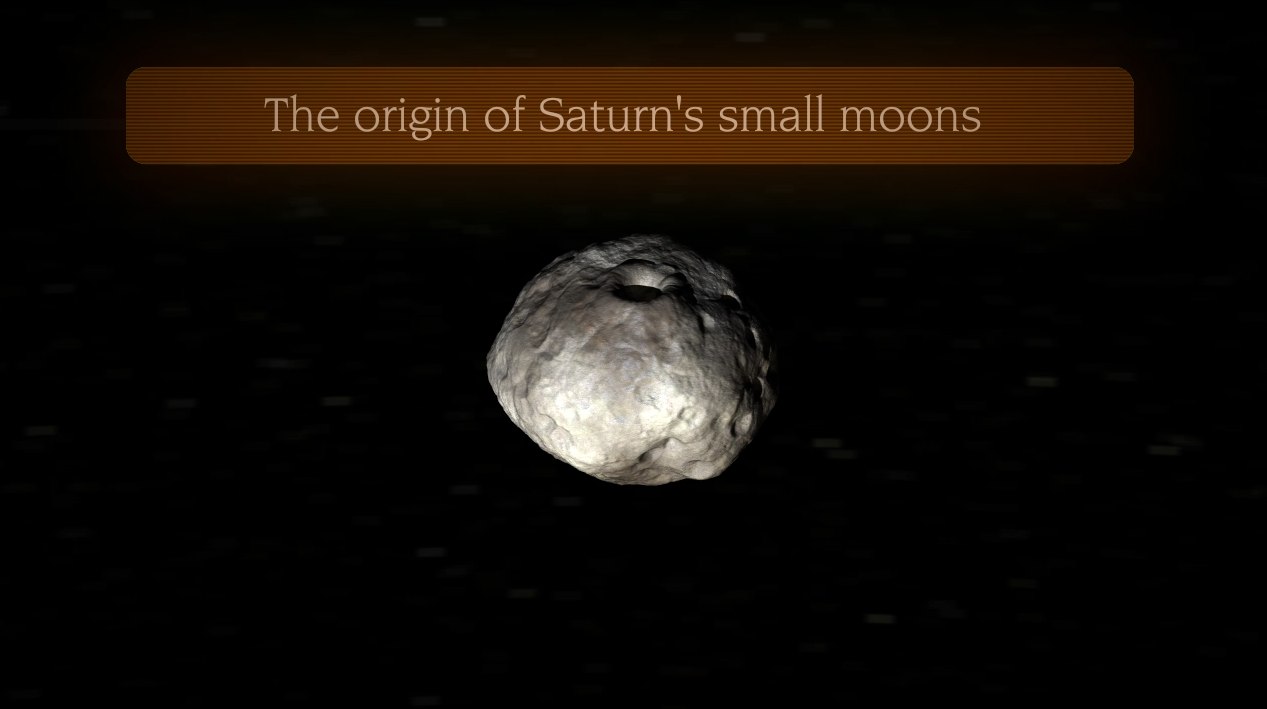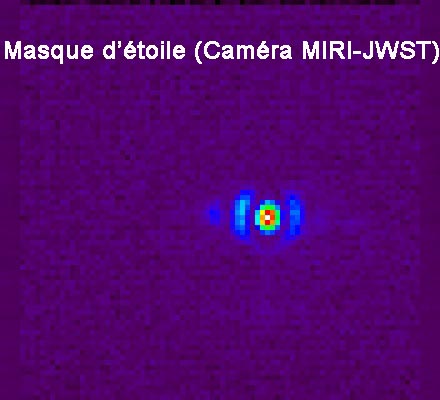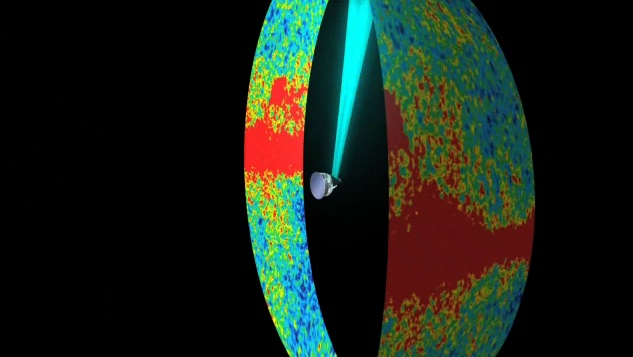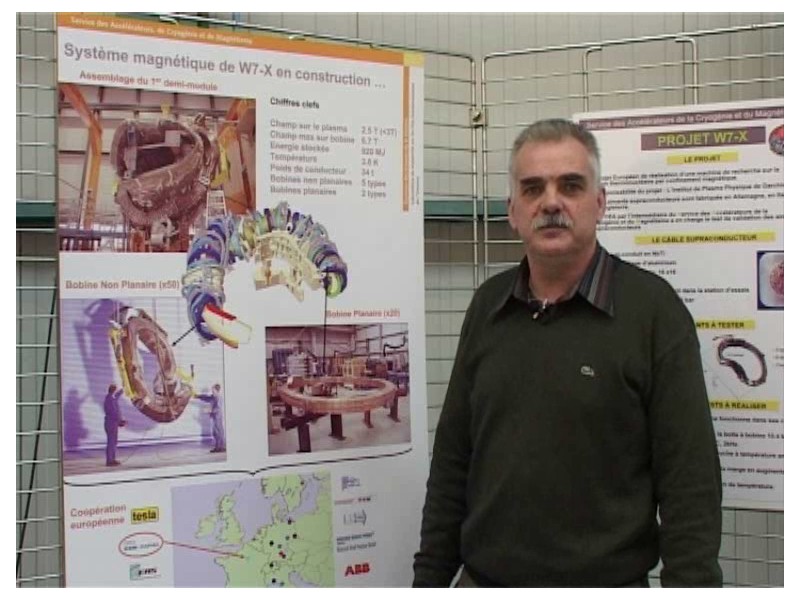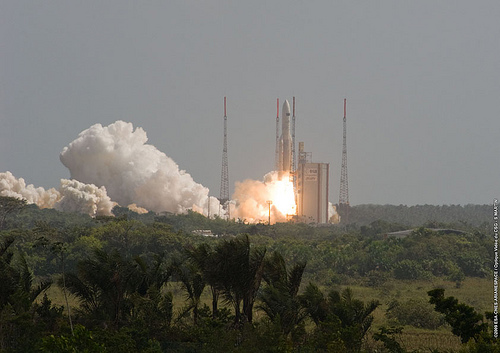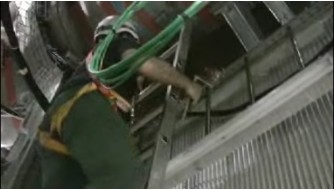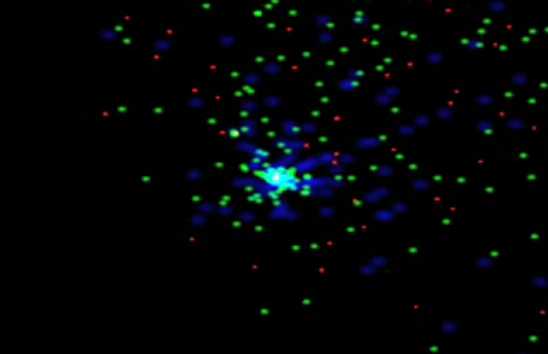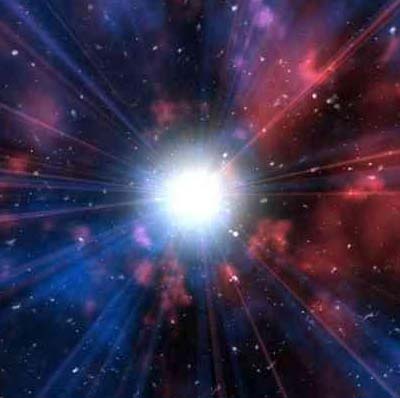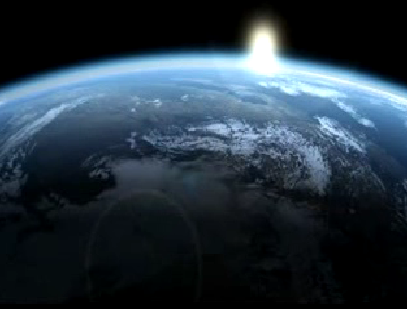11-04-2022 - 6:17
The James Webb Space Telescope was designed to answer major questions in astrophysics, such as the formation of planets and exoplanets, the first » More
10-12-2021 - 4 min
Imaging Habitable-Zone Exoplanets Around Alpha Centauri
Cette vidéo présente les résultats de l'expérience Breakthrough Watch / NEAR (New Earths in the Alpha Centauri Region). Basé sur la publication » More
11-02-2021 - 4:00
Located on 25,000 m² of the CEA Paris-Saclay center, the technological platforms the "Synergium" brings together all the scientific and technical » More
17-01-2020 - 6:56
For 13.7 billion years, the universe has never stopped evolving. Contrary to what our eyes tell us when we contemplate the sky, what composes it is » More
11-06-2018 - 5:25
Artémis camera : installation in the Apex telescope in Chile
Des chercheurs de l’Irfu ont passé 20 jours du 21 avril au 10 mai 2018 à plus de 5000 m d’altitude pour remonter la caméra Artemis au foyer du » More
16-05-2018 - 2:49
27-03-2018 - 14:38
Imaging of cryogenic tests and the setting up of mechanical structure on superconducting magnets for the future Japanese tokamak JT-60SA. After a » More
31-01-2018 - 4 min 34s
Alignement de l'axe de rotation des étoiles dans les amas
Les étoiles ne jouent pas aux dés ! C'est l'extraordinaire découverte qu'on fait les chercheurs du Département d'Astrophysique-Laboratoire AIM du » More
13-03-2017 - 2m23s
Collapse of a cloud with rotation
Simulation numérique de la fragmentation d’un nuage de gaz en rotation sous l'effet de la gravité. La simulation montre l'évolution du » More
10-03-2017 - 0min4s
The axis of rotation of the stars by asterosismology
Diagramme montrant les variations d’amplitude d’un mode d’oscillation dipolaire (avec 3 composantes) en fonction de l’angle d’inclination » More
10-03-2017 - 0min9s
Cosmology with cosmic shear observations
Review article by Martin Kilbinger (CEA/Sap) in Reports on Progress in Physics
Martin Kilbinger 2015 Rep. Prog. Phys. 78 086901
Cosmic shear is the » More
28-07-2015 - 5min30s
The planetary rings may be at the origin of most of the satellites around planets
Numerical simulation of Saturn's moon formation from an initial massive rings
This simulation shows how moons are created at the edge of Saturn's » More
30-11-2012 - 1min55s
Hydraulic analogue of asymetric star explosions
A hydraulic instability crucial for massive stars explosions has been demonstrated in a very simple experience using an analogy between the sound » More
03-02-2012 -
Red giants oscillations
Analysis of star vibrations has allowed to reach the heart of red giant stars and to discover their modes of energy production. Copyrights : Pieter » More
31-03-2011 -
18-03-2011 -
Numerical simulations show new moons forming now from the rings (Duration 4:25)
Numerical simulations peformed by a group of astrophysicists of the AIM-CEA Saclay Laboratory (University Paris Diderot, CEA, CNRS) and the Nice » More
09-06-2010 -
Débat entre deux invités sur un plateau de télévision (durée: 27 minutes)
Retrouvez un débat sur la chaine d'Universcience TV: Faut-il encore croire au Big Bang ?
Jean-Marc Bonnet-Bidaud, astrophysicien au CEA, » More
02-06-2010 -
Le coronographe de la caméra MIRI du JWST (durée:0.06 mn)
L'instrument (Mid-InfraRed Instrument) qui va équiper le télescope spatial James Webb (JWST), le successeur du télescope Hubble qui doit être » More
22-04-2010 -
High resolution mapping of the first light in the Universe
The Planck satellite must survey the entire sky to construct a high resolution image of the Universe's fossil » More
24-03-2010 -
A starburst triggered by a massive black hole
A spectacular interaction between a quasar, a giant black hole at the heart of a galaxy, and a nearby companion galaxy is revealed by observations » More
22-02-2010 - 33''
08-01-2010 -
08-01-2010 -
25-11-2009 - 22''
Le 14 mai 2009
Lancement d'Ariane 5 avec à son bord les télescopes spatiaux Herschel et Planck, vu depuis Kourou et le siège de l'Agence spatiale européenne à » More
02-09-2009 - 8'42''
01-04-2009 - 3'37''
Le sursaut le plus violent détecté par le satellite Fermi
L'observatoire spatial à rayons gamma Fermi a détecté le sursaut gamma le plus violent jamais enregistré, une gigantesque explosion marquant la » More
18-02-2009 - 6"
Une explosion d'étoile annoncée par un flash lumineux
Des observations ont montré qu'une étoile massive qui s'est désintégrée était sans doute constituée uniquement de carbone et d'oxygène. Ce » More
14-01-2009 - 1'18''
08-01-2009 - 2'40''



